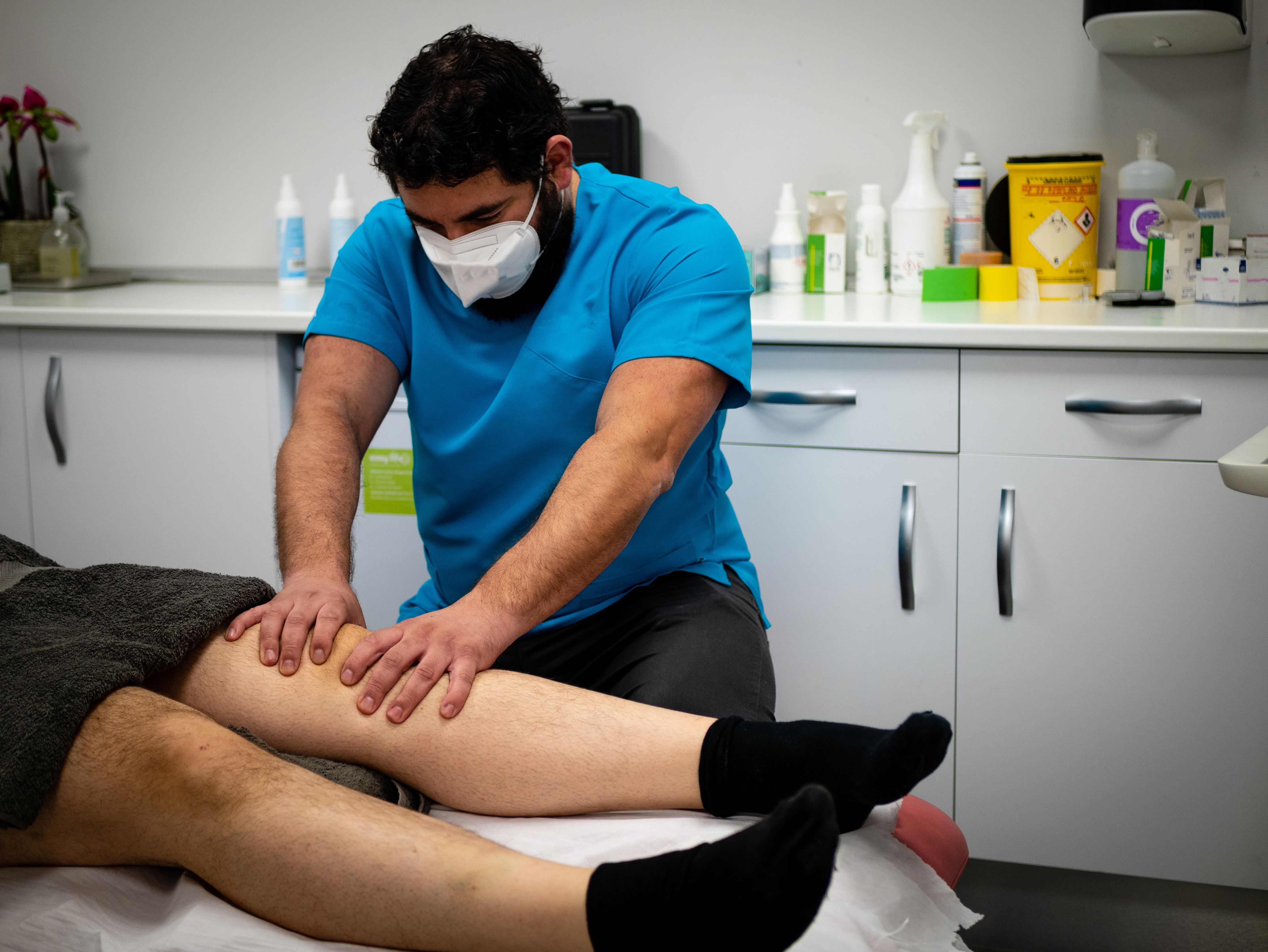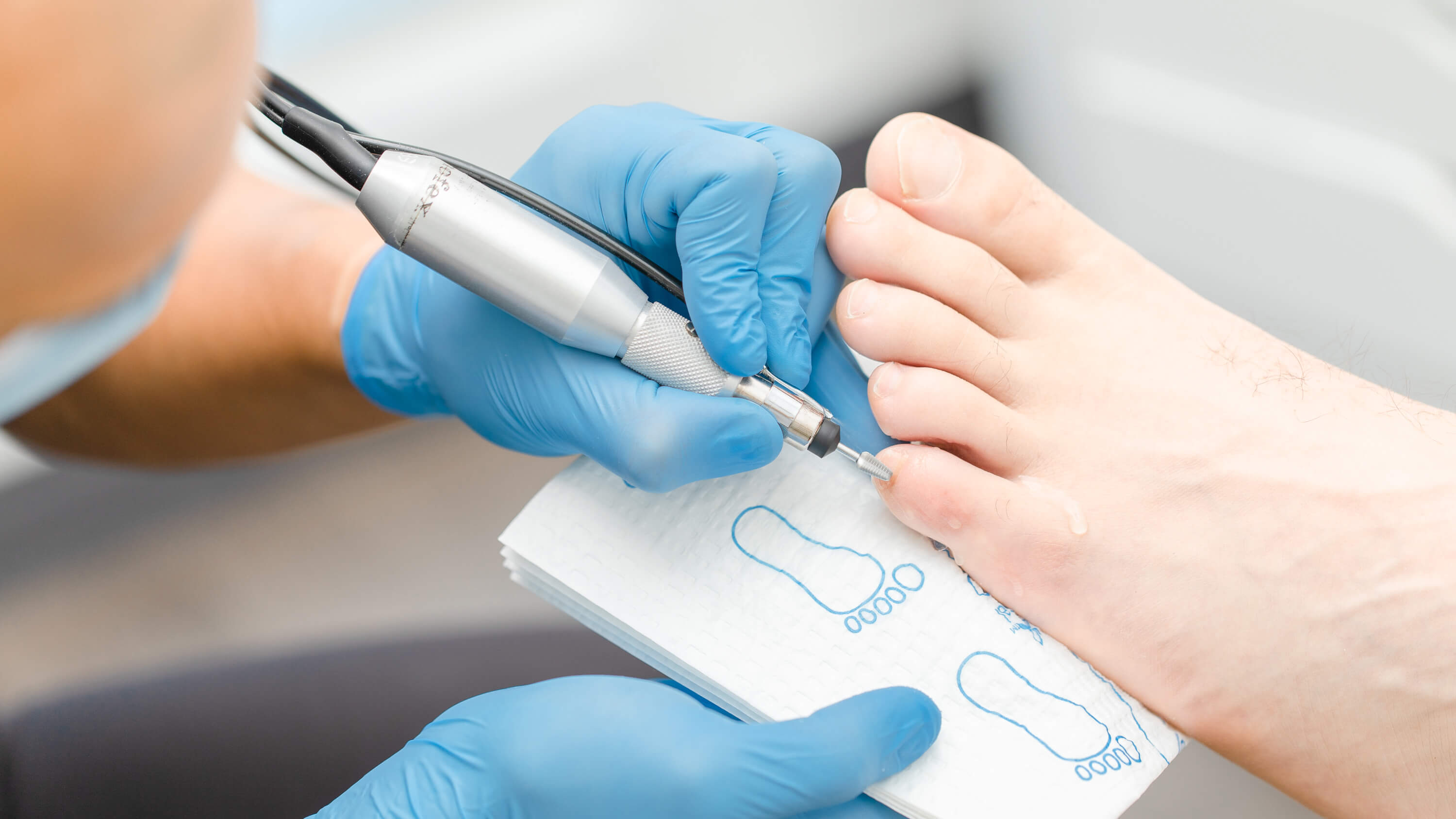 Affiliate Blog Copy – Sell Without Selling. Earn More Now!
Affiliate Blog Copy – Sell Without Selling. Earn More Now!
What Are the Most Common Sports Injuries and How to Prevent Them?
Written by Achieve Physiotherapy » Updated on: June 17th, 2025

Sports injuries are a significant concern for athletes of all levels, from weekend warriors to professional competitors. Whether caused by overuse, impact, or poor technique, injuries can sideline an athlete for weeks or even months. Understanding common sports injuries and how to prevent them is crucial to maintaining peak performance and avoiding long-term complications. If an injury does occur, seeking treatment from a sports injury clinic can ensure proper rehabilitation and a faster recovery.
Most Common Sports Injuries
1. Sprains and Strains
Sprains occur when ligaments, which connect bones, are overstretched or torn, while strains involve muscles or tendons. These injuries often result from sudden twists, falls, or improper warm-ups. Symptoms include pain, swelling, and difficulty moving the affected area.
2. Tendonitis
Tendonitis is the inflammation of tendons caused by repetitive motions, such as running, jumping, or throwing. Common types include Achilles tendonitis, tennis elbow, and rotator cuff tendonitis. Athletes in sports that require repetitive arm or leg movements are particularly prone to this condition.
3. Fractures
Bone fractures occur due to direct impacts, falls, or excessive force applied to a limb. Sports like football, basketball, and skiing often see players suffer from fractures, which require immediate medical attention and a long recovery period.
4. Dislocations
A dislocation happens when a bone is forced out of its normal position in a joint, usually due to a fall or collision. Shoulder dislocations are among the most common, and they can lead to intense pain, swelling, and instability in the affected joint.
5. Shin Splints
Shin splints refer to pain along the shinbone, commonly experienced by runners and athletes who perform repetitive leg movements on hard surfaces. This condition is usually caused by overuse, improper footwear, or inadequate stretching before activity.
6. Concussions
A concussion is a traumatic brain injury caused by a blow to the head or sudden jolt. It can lead to headaches, dizziness, confusion, nausea, and memory problems. Contact sports like football, hockey, and soccer have a higher risk of concussions, making protective headgear essential.
7. Runner’s Knee
Runner’s knee, or patellofemoral pain syndrome, is a common overuse injury that results in pain around the kneecap. It often occurs due to improper running form, weak thigh muscles, or excessive training.
How to Prevent Sports Injuries
Warm Up and Cool Down – Performing dynamic warm-up exercises before activity and stretching afterward helps prepare muscles and joints for movement, reducing the risk of strains and sprains.
Use Proper Equipment – Wearing sport-specific shoes, helmets, braces, and padding can significantly lower the chances of injury.
Strengthen Muscles and Core Stability – Engaging in strength training and conditioning exercises supports joints and enhances stability, preventing common injuries like sprains and strains.
Practice Good Technique – Learning the correct form for running, lifting, or throwing can help distribute impact forces evenly across the body, reducing strain on vulnerable areas.
Stay Hydrated and Maintain a Balanced Diet – Proper nutrition and hydration keep muscles and tissues strong, helping to prevent cramps and fatigue-related injuries.
Listen to Your Body – Ignoring pain or discomfort can lead to more severe injuries. Resting when needed and seeking medical advice for persistent issues is essential.
When to Visit a Sports Injury Clinic
If you experience severe pain, swelling, limited mobility, or an injury that does not improve with rest and self-care, visiting a sports injury clinic is essential. These clinics specialize in diagnosing and treating sports-related injuries through physiotherapy, shockwave therapy, and rehabilitation programs. A tailored recovery plan can help athletes heal properly and return to their sport safely.
Final Thoughts
Sports injuries are common, but many can be prevented with proper preparation, technique, and conditioning. By incorporating injury prevention strategies and seeking timely treatment at a sports injury clinic, athletes can recover effectively and continue performing at their best. Whether you're dealing with a minor strain or a more severe injury, consulting a professional can make all the difference in your recovery journey.
Note: IndiBlogHub features both user-submitted and editorial content. We do not verify third-party contributions. Read our Disclaimer and Privacy Policyfor details.
Men's Journal is a rugged and refined lifestyle adventure travel, food and drink Get in touch [email protected] to find out how we can help you reach everyday, affluent, and adventure seeking consumers on Men's Journal
Copyright © 2019-2025 IndiBlogHub.com. All rights reserved. Hosted on DigitalOcean for fast, reliable performance.












